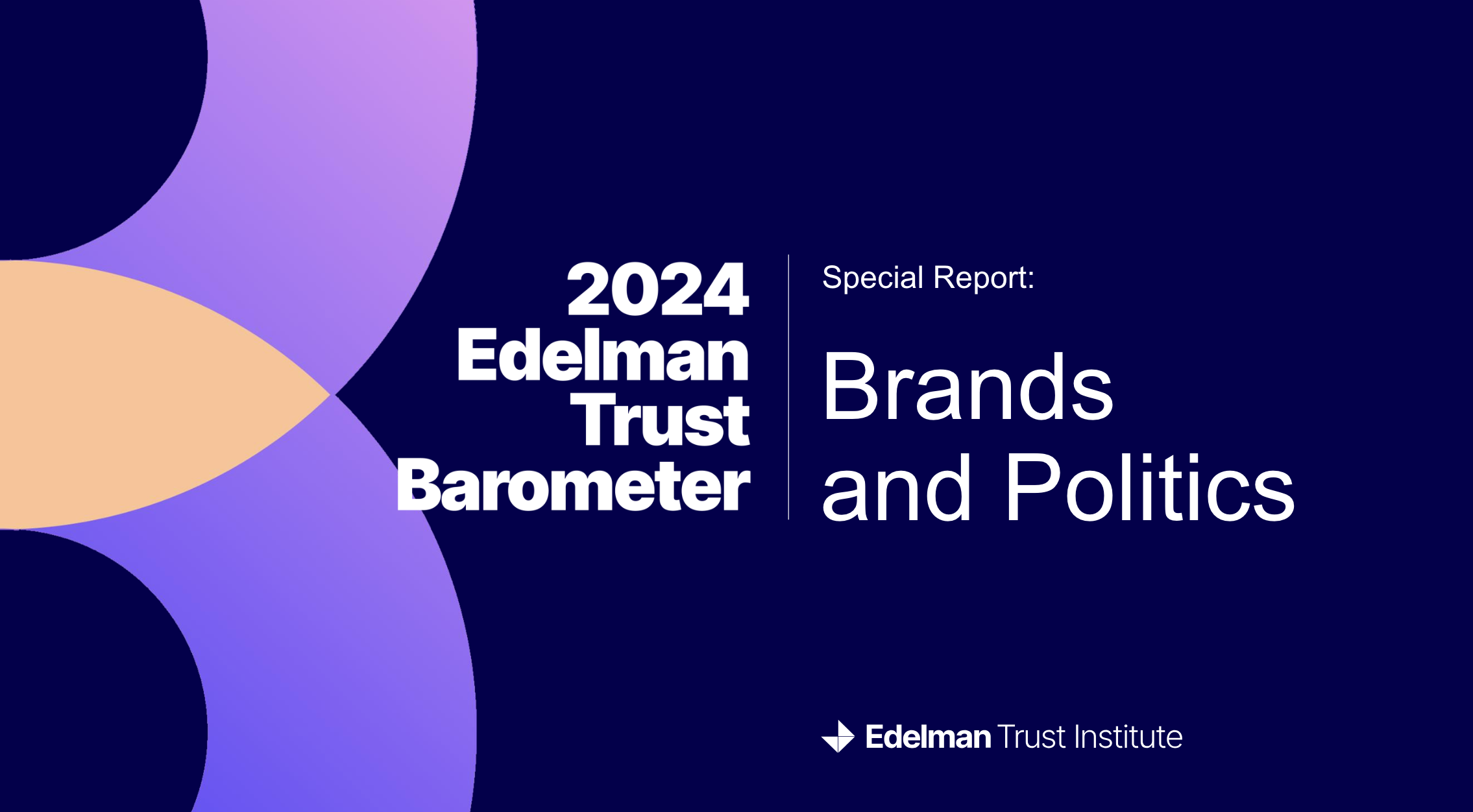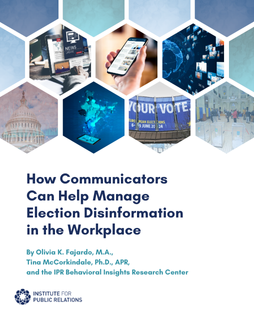The mission of the IPR Behavioral Insights Research Center is to conduct research on the factors that influence attitude and behavioral change to enable effective communication. BIRC can help professionals understand how and why people think and behave the way they do in this ever-changing business environment. Research areas include how to better understand the influence of cognitive neuroscience, behavioral economics, social psychology and narrative theory to positively influence the study and practice of public relations
Explore BIRC’s Signature Studies here!

Pew Research Center examined how people’s political views and experiences differ depending on the websites and apps they use. An online survey of more than 10,000 internet users was conducted fr ... more

The Bipartisan Policy Center examined who the public trusts to deliver information about how to vote, election administration, and election results. A survey of over 2,155 registered voters across the ... more

Cision analyzed what journalists want and need from their relationships with public relations professionals. A survey of 3,016 media professionals in 19 different countries was conducted from January ... more

The Edelman Trust Center examined how and why consumers trust brands and how those brands can benefit from increased trust. An online survey of 15,000 respondents was conducted in 15 countries from Ap ... more

Gallup examined trends in employee retention and employee perceptions of the current job market. A poll of over 128,000 people was conducted in more than 160 countries in 2023 and 2024. Key findings i ... more

The AP-NORC Center for Public Affairs Research examined Americans’ opinions on democracy and rights in the United States. A nationwide poll was conducted online and on the telephone from March 21-25 ... more

Download the Full Report (PDF): How Communicators Can Help Manage Disinformation in the WorkplaceDownload the Press Release: The Institute for Public Relations Unveils Research Findings on how Communi ... more

Reuters Institute for the Study of Journalism examined how news is consumed globally along demographic and geographical lines. YouGov conducted an online survey of 94,940 people in 47 countries from J ... more

Dr. Kristina A. Wald and colleagues examined peoples’ interest in discussing important – but potentially divisive – topics. They also studied how interest is guided by expectations of how po ... more

Muck Rack examined PR professionals’ salaries and hours worked. An online survey of 1,034 PR professionals was conducted from March 31 – April 25, 2023. Key findings include: –The typica ... more

Business success is predicated on understanding the key levers of influence. After all, Influence, by definition, is the ability to affect the behavior of others in a particular direction, leveragin ... more

This summary is provided by the IPR Behaviorial Insights Research Center. Dr. Andrew J. Vonasch and colleagues examined phantom costs, or hidden costs, and how they can drive peoples’ judgments, ... more
